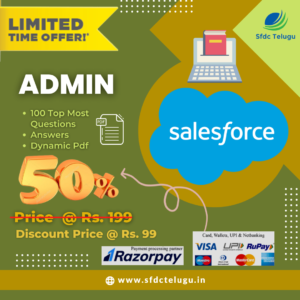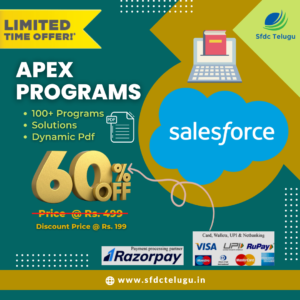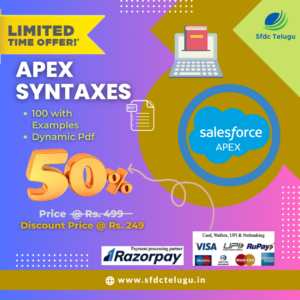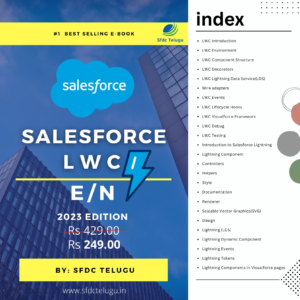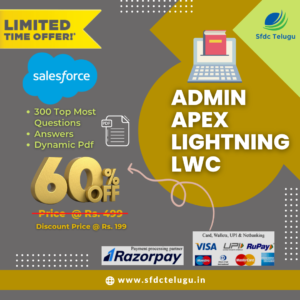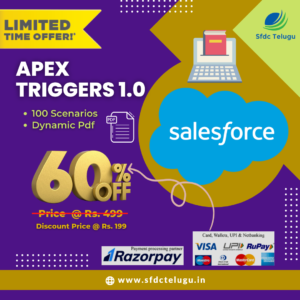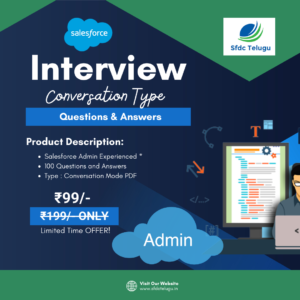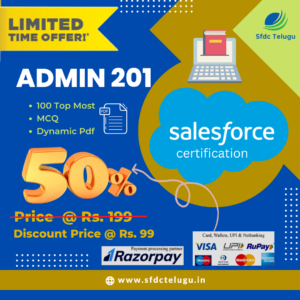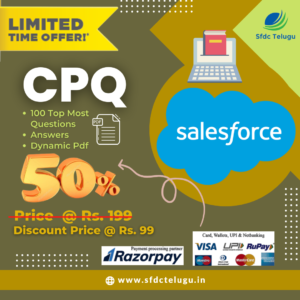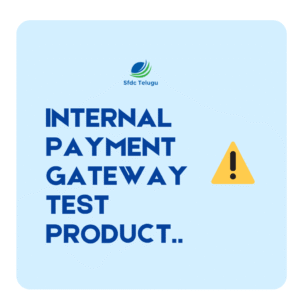Salesforce Apex is a powerful programming language used to customize and extend Salesforce’s functionality. If you’re new to Apex and Salesforce development, getting started can feel overwhelming. This blog post will guide you through the essential steps to prepare for Apex development, making the process smooth and manageable.
1. Understand the Basics of Salesforce
Before diving into Apex, it’s crucial to have a foundational understanding of Salesforce.
a. Explore Salesforce Basics
- What is Salesforce? Salesforce is a cloud-based CRM (Customer Relationship Management) platform that helps businesses manage their sales, customer service, and marketing.
- Salesforce Objects: Learn about standard objects (e.g., Accounts, Contacts) and custom objects (objects you create to store specific data).
b. Get Familiar with Salesforce Setup
- Salesforce Admin Interface: Explore the setup menu, where you can configure various aspects of Salesforce.
- Salesforce Lightning Experience: The modern user interface for Salesforce.
2. Set Up Your Salesforce Development Environment
a. Create a Salesforce Developer Account
- Sign Up for a Free Developer Edition: Go to Salesforce Developer and sign up for a free Developer Edition account. This account provides access to a full-featured Salesforce instance.
b. Install Salesforce Extensions for Visual Studio Code
- Visual Studio Code (VS Code): Download and install Visual Studio Code, a popular code editor.
- Salesforce Extensions: Install the Salesforce Extension Pack from the VS Code marketplace. This pack includes tools for working with Apex, Visualforce, and Lightning Web Components.
3. Learn the Apex Programming Language
a. Familiarize Yourself with Apex Basics
- Syntax and Structure: Apex is similar to Java, so if you’re familiar with Java or C#, you’ll find it relatively straightforward.
- Key Concepts:
- Classes and Objects: Understand how to create and use classes and objects.
- Methods: Learn how to define and call methods within Apex classes.
- Triggers: Get to know how to write triggers to execute Apex code in response to data changes.
b. Utilize Salesforce Documentation
- Apex Developer Guide: The Apex Developer Guide is an excellent resource for learning Apex from scratch.
- Trailhead Modules: Salesforce’s Trailhead offers interactive learning modules. Start with the “Apex Basics & Database” module.
4. Write and Test Apex Code
a. Start with Simple Apex Code
- Hello World: Begin by writing a basic Apex class that outputs “Hello World.”
- Basic Operations: Write simple methods to perform basic operations like creating and querying records.
b. Use the Developer Console
- Access Developer Console: In Salesforce, navigate to Developer Console (found in the user dropdown menu).
- Execute Anonymous Window: Use this window to run small snippets of Apex code and see the results immediately.
c. Unit Testing
- Create Test Classes: Apex requires that you write test methods to ensure your code works correctly.
- Run Tests: Use the Salesforce Developer Console or VS Code to run your test classes and check for code coverage.
5. Explore Advanced Apex Topics
a. Learn About Asynchronous Apex
- Future Methods: Understand how to perform long-running operations asynchronously.
- Batch Apex: Explore how to process large volumes of records asynchronously.
b. Explore Salesforce Integration
- REST and SOAP APIs: Learn how to integrate Salesforce with other systems using APIs.
- Outbound Messaging: Understand how Salesforce can send messages to external systems.
6. Join the Salesforce Community
a. Engage with Salesforce Forums
- Salesforce Stack Exchange: Participate in Salesforce Stack Exchange to ask questions and help others.
b. Attend Salesforce Events
- Local Salesforce User Groups: Join local user groups or online communities to connect with other Salesforce professionals.
7. Stay Updated with Salesforce Releases
a. Follow Salesforce Release Notes
- New Features and Enhancements: Regularly review Salesforce release notes to stay updated on new features and changes.
b. Participate in Salesforce Webinars and Training
- Webinars: Attend Salesforce webinars to learn about new developments and best practices.
Finally
Getting started with Salesforce Apex development involves understanding Salesforce basics, setting up your development environment, learning Apex syntax, and engaging with the Salesforce community. By following these steps, you’ll build a solid foundation for your Apex development journey. Remember, practice is key, so keep coding, testing, and exploring!
For more Videos : https://sfdctelugu.in/courses/salesforce-admin-course-videos/
For Apex Syntaxes: https://sfdctelugu.in/product/apex-100-syntaxes/





